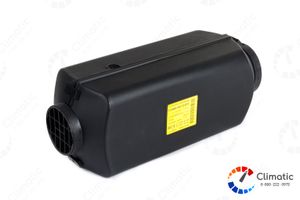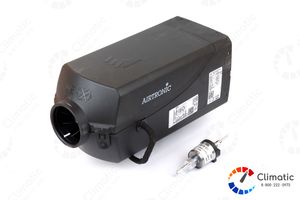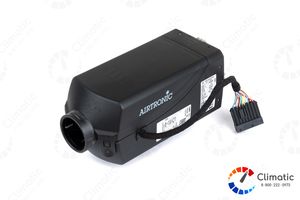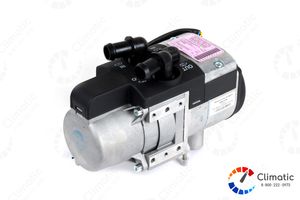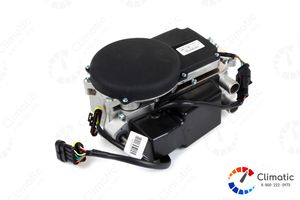Manufacturer's recommendations for installing Webasto Air Top
Installation is carried out in accordance with the installation instructions. The type plate of the heater must constantly indicate the year of its first commissioning, as recorded by the person responsible for installing the heater.
The air inlet openings must be located in such a way that, under normal operating conditions of the heater, the possibility of suction of the exhaust gases of the vehicle and the heater is excluded.
Combustion air is not permitted from the passenger compartment or cab of the vehicle.
The air required for combustion must be drawn in from the outside. Inside the rooms where people are located, the combustion air pipes can have a maximum of 4 disconnection points and one splash-proof passage through the outer wall. The disconnection points must be isolated so that, in general, the leakage loss does not exceed 200 l / h at an overpressure of about 5 bar.
The pipeline, including the passage through the wall, disconnection points, material and construction, must be laid in accordance with the Installation Instructions.
Pipes should be mounted and dismantled only with a tool, be vibration resistant and protected against possible damage.
The heater must be installed so that the exhaust gases are discharged to the outside.
Exhaust pipes must be routed so that exhaust gases cannot enter the vehicle. Functionally important components of the vehicle must not be interrupted. The possibility of accumulation of condensate or moisture trapped in the exhaust system should also be completely excluded. Outlets are permissible that, through a pipe isolated from the vehicle’s interior, must discharge fluid to the outside.
The end of the exhaust pipe should be facing up, to the side or, in the case of passing the exhaust pipes under the bottom of the car, should be brought up to the side or rear border of the driver's cab or car.
In the rooms where people are located, the exhaust pipes can have a maximum of one separation point and must have a splash-proof passage through the outer wall / underbody of the car. To remove moisture that has penetrated the exhaust gas pipe, it is allowed to connect a special pipe with a metal gasket.
The moisture drain pipe should be insulated and removed through the outside wall or underside of the vehicle.
The heat exchanger, the connected exhaust pipe and, if equipped, the connected moisture pipe must be insulated so that at an excess pressure equal to twice the pressure of the exhaust gases at the maximum allowable length of the exhaust pipe, however, with a minimum overpressure of about , 5 mbar, - losses from leaks in general did not exceed 30 l / h. The piping, including the passage through the wall, the disconnection points, the material and construction, should be described in the installation instructions. Pipes should only be mounted and dismantled with a tool.
Metal piping should be used.






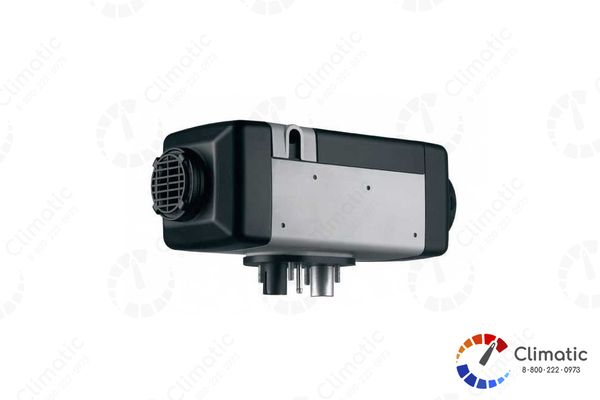

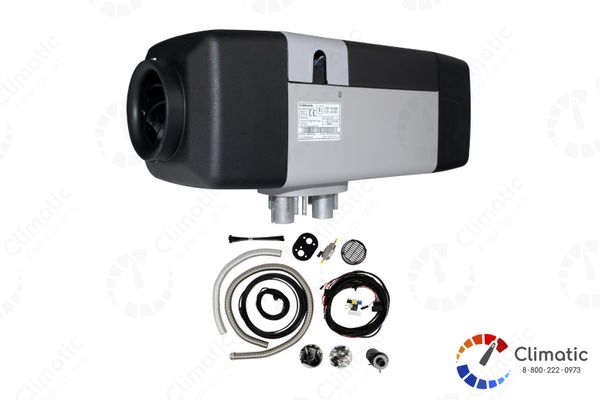
 Узнать у оператора
Узнать у оператора
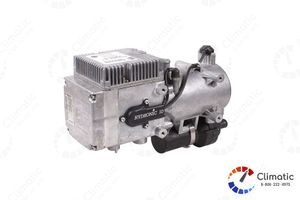
 В наличии
В наличии
